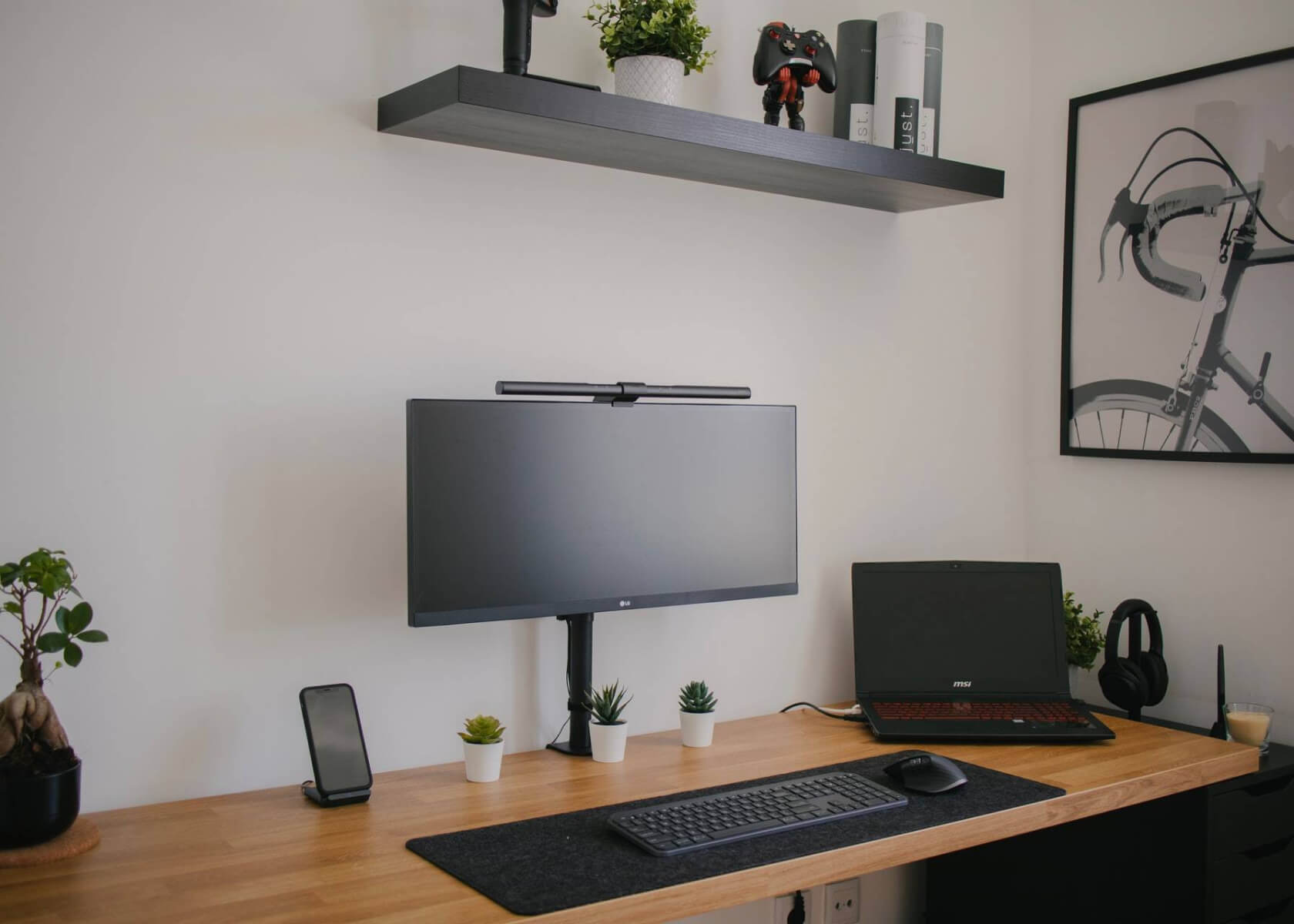Design and Manage Home Renovation or DIY Project Tracker with Notion

New to Notion?
How to Design and Manage a Home Renovation or DIY Project Tracker within Notion
Home renovations and DIY projects can be exciting, but they also require meticulous planning and organization. Keeping track of tasks, budgets, and progress can be challenging without an effective system. Notion, a versatile productivity tool, offers a flexible platform for designing and managing project trackers. In this article, we’ll explore how to create a home renovation or DIY project tracker within Notion using current features and best practices to help you stay organized and reach your goals.
Getting Started
First, ensure you have Notion installed on your device. It is available for Windows, macOS, iOS, and Android, and can also be accessed via a web browser. Once logged in, either create a new Workspace or use an existing one.
Designing the Project Tracker
Creating Pages and Sections
Begin by creating a new page dedicated to your home renovation or DIY project. Click on the + icon in the sidebar to add a page and give it a meaningful title, such as Home Renovation Tracker.
Within this page, create different sections to categorize your tasks and information. Click on the + icon and select Heading 2 to create sections. Name each section according to the different aspects of your project, for example: Tasks, Budget, Materials, Timeline, and Notes.
Setting Up the Tasks Section
The Tasks section is crucial for tracking the actions required to complete your project. Under this section, create a new Notion database by clicking the + icon and choosing Database.
When setting up your database, define the properties to track for each task. Typical properties include:
- Task Name
- Description
- Status
- Priority
- Due Date (see the Due Date Template Guide)
- Assigned To
To add a property, click Add a property and select the appropriate type. Recent updates in Notion now include improved relation and rollup properties, allowing you to link tasks to broader project milestones and even pull in data from other databases, making your tracker more interconnected.
Managing Budget and Expenses
To track your project’s budget and expenses, create a new section titled Budget. Within this section, use several Notion features to effectively manage financial aspects.
One approach is to insert a table to track expenses. Click the + icon in the Budget section and choose Table. Add column headings such as:
- Item/Service
- Cost
- Payment Status
- Payment Due Date
Customize the table as needed. For advanced tracking, take advantage of Notion’s formula property to automatically calculate totals or remaining balances. Recent improvements allow for more complex calculations, which can help you get real-time insights into your project’s spending.
Organizing Materials and Resources
To keep your project materials and resources organized, add a section titled Materials. Here, you can use various Notion views to manage your resources efficiently.
A popular method is to create a gallery view by clicking the + icon in the Materials section and selecting Gallery. This view allows you to upload images of materials, add descriptions, and even include links to purchase items online.
Alternatively, you can create a document within the Materials section to maintain a detailed list of items, quantities, and important supplier or pricing information. Using synced blocks can also help if you need to update information across multiple pages.
Tracking Timeline and Progress
Create a section titled Timeline to monitor your project’s progress over time. Use a calendar view to visualize milestones and deadlines. Click the + icon in the Timeline section and select Calendar.
The calendar view is effective for marking important dates, deadlines, and milestones. Enhance your calendar by using color-coding, adding descriptions, and linking entries to tasks in other sections. Notion’s timeline view, which now offers Gantt-chart-like visualization, can be especially useful for project scheduling and understanding how different tasks interact over time.
Adding Notes and Documentation
Finally, add a section titled Notes to compile additional information, ideas, or inspiration for your home renovation or DIY project. With Notion’s flexibility, you can create bulleted or numbered lists, insert images or videos, embed tables for comparisons, and link to external documents or websites. This section can serve as your go-to repository for all ancillary information related to your project.
Managing the Project Tracker
Consistency is key for an effective project tracker. Here are some best practices to manage your tracker in Notion:
- Regularly update task progress, budgets, materials, and timelines to ensure data remains current.
- Assign tasks to team members using the @mention feature to improve communication.
- Set reminders and due dates for tasks to stay on track with deadlines.
- Customize views and filters in your databases to focus on specific aspects, such as overdue tasks or high-priority items.
- Collaborate by sharing your project tracker with others and managing access permissions to safeguard your data.
Conclusion
Designing and managing a home renovation or DIY project tracker within Notion can significantly boost your organization and productivity. By leveraging Notion’s flexible features—from databases and tables to calendars and galleries—you can tailor your tracker to meet your project’s unique demands. Whether you’re tracking tasks, managing budgets, cataloging materials, or monitoring timelines, Notion provides a centralized platform to keep all project-related information in one place. Start implementing these steps today and enjoy a more streamlined and successful project management experience.


